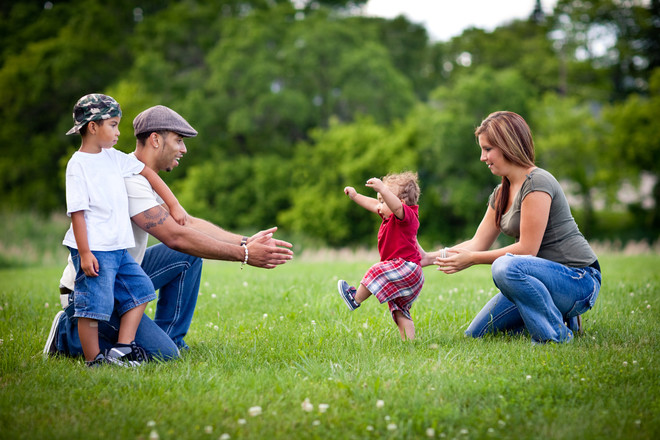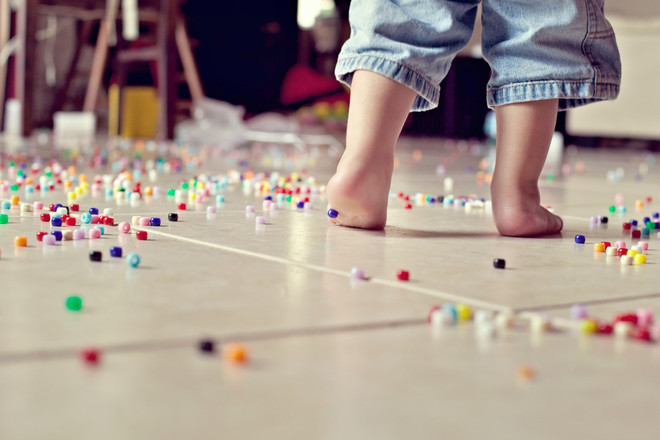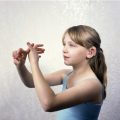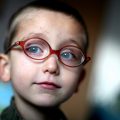Run away from flat feet
Flat feet are the most commonorthopedic pathology in pediatrics. It begins to develop quite early, from eight months. At this age - and somewhere up to one and a half years - the child begins to stand up, learns to walk. At this time, parents need to be especially careful. In no case should you put flat-soled shoes on your child - after all, "wrong shoes" cause flat feet in most cases. But you can massage the legs and do therapeutic exercises. Photos: GettyImages There are five simple rules that can help you avoid possible problems with your feet.
Photos: GettyImages There are five simple rules that can help you avoid possible problems with your feet.
Time to guard
Let's say prevention didn't help. How do you know? The child's foot and shoes will give you signals themselves, just pay attention to them. So, you should be wary if:
- The inside of the sole of a child’s shoe wears out faster.
- When walking, the child spreads his legs wide, with a little bend in their knees, and the foot turns inside.
- Feet acquire irregular shape, becoming wider.
- The nails grow into the skin of the fingers, and the toes of the legs are bent
- Calluses appear on the feet and fingers.
- Legs get tired quickly.
For the diagnosis of flatfoot used in childrensuch a test: take a sheet of paper, grease the feet with bold cream or butter, then put the child on the sheet so that the weight of the body is distributed evenly over the entire foot. Consider the imprint - an important criterion is the size of the notch at the inner edge of the foot. In the event that it is absent or narrowed, flat feet can be suspected. But only an orthopedist can make a precise diagnosis. The fact is that at an early age all children have a physiological flat foot. All because of the fact that kids have a fat pad on the arch - this, of course, is not a pathology. Photo: GettyImages
Photo: GettyImages
Battle of the flying gait
If you “caught” a problem in time, half the battle is overdone. But there is still a lot to do. So, let's declare war on flat feet. Our first friend and comrade in this is massage. It is better if a specialist does it, but you can also master this technique yourself. Let's go!
The second “pillar” is therapeutic gymnastics.The exercises are very simple and easy. 1. Roll a ball or stick on the floor with your foot. 2. Grab a small object from the floor using only your toes. 3. Walk on your toes and heels. Walk long and hard until your child’s legs get tired. 4. Walk on the outer surfaces of your feet. 5. Play with your toes: bend and straighten them. 6. Walk on a massage mat. You can buy one or make one yourself. It’s easy: sew buttons onto thick fabric, for example. This type of massage helps to tone muscles and improve blood circulation in the feet. 9. If your orthopedist advises it, buy orthopedic insoles. As a last resort, you’ll have to wear orthopedic shoes. Also interesting:









